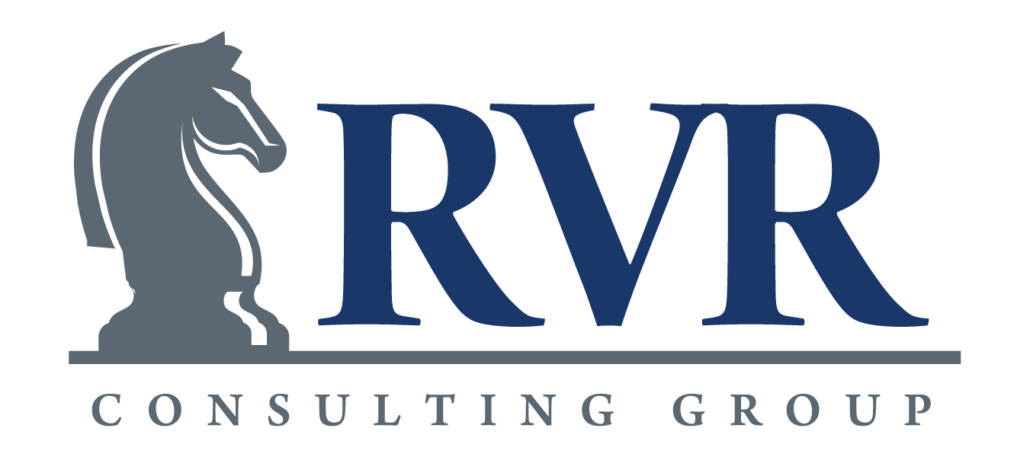Widespread Layoffs, Unfilled Jobs, and the Opportunity For Small and Mid-Sized Businesses
Widespread layoffs in the news are everywhere: 10% cuts here, 5% cuts there. It’s buzzy and impossible to ignore. Take the tech sector, for example. It’s causing every business owner to feel like they need to question what they should be doing with their staff. Consider what we’re seeing: companies are rightsizing or rebalancing their workforce in response to the years affected by the coronavirus. For the most part, companies hung on to employees and delayed their rebalancing decisions longer than they would have if the pandemic didn’t occur. This rightsizing is a small piece of the puzzle when you consider that there are more than 11 million unfilled jobs across the U.S. economy and that the unemployment rate is at a 54-year low of 3.4%. Most small and mid-sized businesses are still growing, yet struggling to attract and hire quality talent and wrestling with how to come to terms with the compensation new and existing employees are demanding. For these businesses, there is an opportunity to get the talent they need to continue to grow. With the proper guidance and support, you can create proactive, competitive recruitment and retention strategies which are elements of Talent Optimization practices— aligning the right people strategy with your business strategy to drive superior business results.
When people start losing their jobs anywhere, it makes people nervous—everywhere. In recessions, employers often look to cut employees as a fast tactic to save money. In uncertain economic conditions, companies have knee-jerk reactions and believe that reducing staff will provide the best, fastest, or easiest solution to their economic or financial concerns. The truth is this: Right sizing doesn’t improve company performance. These separations are costly, and those who remain are left wondering, “am I next?”; some may even take the “quiet quitter” route. But, with the right approach and support from RVR, small and mid-sized businesses can optimize the performance and engagement of their workforce even in the unfortunate event of a layoff or when hiring best-fit new talent.
Why right-sizing can be bad for business
At the close of 2022 and the beginning of 2023, tech companies began laying off workers in droves in anticipation of an economic downturn— more than 265,000 people from companies like Google, Meta, Amazon, Netflix, and others. Then it spread beyond tech like wildfire, with businesses of all sizes laying off employees.
But recession or not— what one Stanford professor describes as ‘social contagion’ is happening because companies see other panic-stricken executives laying off workers and assume they must do the same. These same companies are flush with job listings, remain profitable, and continue hiring. A recession, or the threat of one, doesn’t mean you should close shop, but they present a real opportunity to optimize your talent and performance to accelerate the growth of your business. Fortunately, small and mid-sized business owners who use evidence and sound data to make good decisions to operate their companies don’t need to reflexively right-size their workforce; they can seize the opportunity to attract the right candidates and design high-performing teams with predictability.
Small and mid-sized businesses are nimble and can prepare for anything if they approach problems strategically and with a well-informed plan. If a financial headache is looming for you, there are restructuring decisions you can make now that will spare your employees and give you breathing space if conditions get rocky. You can avoid feeling the squeeze by planning and executing your strategy and managing your cash flow forecast for different scenarios. Business owners can engage employees in creating and executing solutions, drive higher levels of accountability, and increase performance incentives and rewards for achieving goals. Another option is to outsource the business’s non-core functions to reduce fixed costs to lower variable costs. Consider strategic hiring and terminations that drive the company forward or meet the needs of your workforce by helping them navigate through their personal challenges created by current market conditions. While cutting a company’s workforce often seems like a quick fix for financial issues, consider the intangible costs of low morale, poor performance, high attrition among key people who don’t like what is happening, spikes in absenteeism, and a fractured culture.
Many small businesses are still hiring despite what’s going on in Silicon Valley and the slowing economy. Despite low confidence in inflation, supply chain disruptions, and talent shortages, many businesses are still experiencing a need to hire new employees to meet their growth demands. For companies laying off employees in droves right now, they will go back to the market in the next 12-18 months and compete with the same companies to hire talent. They are buying labor at a high price and selling low. In the long run, rightsizing hurts profits because of bad publicity, damaged reputation, knowledge loss, weakened engagement, higher voluntary turnover, low morale, poor performance, and lower innovation that result.
Here are five ways that your organization can get creative and minimize costs:
- Create a short-term and long-term strategic plan based on your current sales pipeline and future growth. The result is a financial and talent optimization plan.
- Conduct a stress test— imagine your worst-case scenario and run the numbers on how you could manage it. Creating a weekly cash flow report that is projected out through the year and adjusted weekly will give you great visibility into any cash flow deficiency in the future and provide you with the time to put a plan in place to overcome it.
- Assess employee performance goals. Improve accountability for individual, departmental, and divisional performance and reward or reprimand based on results. Your company’s KPIs must align with employee performance goals to ensure financial performance.
- What is the right mix of labor vs. automation? Consider outsourcing non-core competencies like HR, customer service, marketing, accounting, and finance, or utilize fractional professional and executive talent instead of hiring full-time employees with fixed costs. Outsourcing used to be a tool exclusively for big businesses, but technology has made it a lot easier for businesses of all sizes to save money by assigning work to specialists, saving you time and money.
- Set measurable expectations and consistently measure performance, holding employees accountable to expectations. Communicate frequently, early, and often. Have regular 1:1 meetings to ensure a mutual understanding of expectations and priorities, communicating effectively and transparently to motivate employees to grow and thrive.
When companies only look at the balance sheet, they overlook the intangible costs of cutting so many employees. The absence of long-term employees can make it impossible for many organizations to replace the knowledge they have lost about their organization, its customers, and its processes. This scenario causes revenue loss, low productivity, and substandard results. Consider the true costs of cutting labor to slash costs, and you’ll see that there are a variety of other tactics the leadership team can utilize to optimize talent and drive financial performance.
RVR is equipped to help small and mid-sized businesses with their recruitment, retention, and talent optimization efforts. The workforce environment is in flux: workers demand more from employers and want flexible work environments with competitive pay and generous company benefits. We can help business owners better understand what qualities job candidates want in their next role and how to attract and acquire talent effectively. RVR offers talent optimization support services to help your organization identify, recruit, onboard, train, develop, and retain the workforce that your organization needs. You’ll realize strong business results and competitive advantage when you have the right people strategy aligned with your business strategy— we’ll show you how!
By: Joe Raymond, Managing Partner of RVR Consulting Group
—–
RVR Consulting Group provides your company with resources to support your vision and generate faster returns. By operating from both a strategic and tactical position, we protect clients during critical periods of uncertainty. Our services include advising, talent acquisition, sourcing fractional employees, exit planning, and selling your business. Regardless of your challenges, our firm’s experience is structured to make the road to your objectives faster, simpler, and more profitable. Our goal is simple: help you maximize the value of your business.
We are motivated to foster growth and develop opportunities for companies and their internal staff. Those economic impacts transcend into communities when our clients succeed and have invaluable, lasting effects.
For more information, visit https://rvrteam.com/contact/



